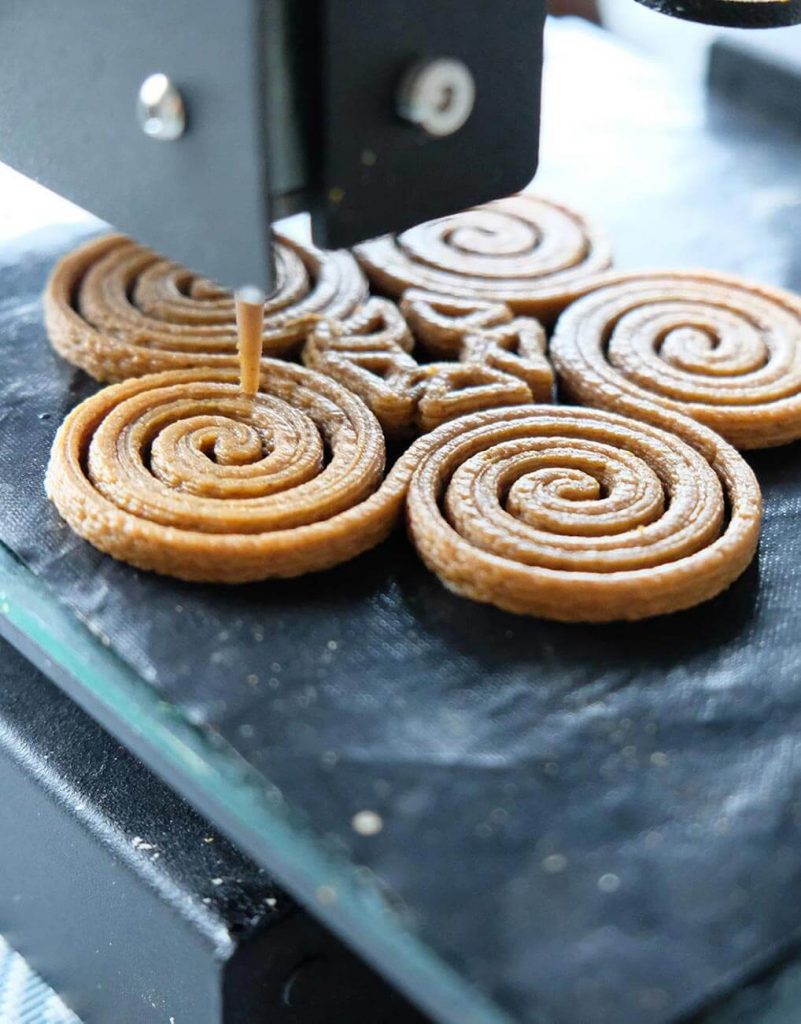There is a big problem at the moment in our society. Companies are growing at rapid rates and require more staff to keep up with the demand. However, there is a big skill shortage globally, especially in the IT domain as digital transformation has a high priority on the agenda. The European Commission expects there could be up to 756,000 unfilled vacancies for IT professionals by 2020 (CBI, 2021). Additionally, Netherlands has one of the highest ICT vacancies in Europe (Kleingeld, 2019). As companies require more staff and the professionals are harder to find, it is important that the process of recruiting is as efficient and accurate as possible. Employers want more revenue, profits, and growth whilst employees often have different goals such as liking the job and work environment, having opportunities for promotion, feeling appreciated, amongst many other factors. Nevertheless, it seems that companies struggle to find the balance, and this could be solved using a data-driven approach.
Pulsifi is a company based in Singapore and Malaysia that takes a data-driven approach to find the most suitable employees for companies like Nestle, Heineken, KPMG, and many more. They developed a People Data Platform that combines data with AI and organizational psychology to analyze a potential employee’s profile and predict whether he or she will be a good organizational fit and do a good job. Pulsifi managed to reduce up to 70% of manhours and 40% fewer interviews due to the efficient automated screening process. Another astonishing achievement is that they managed to have over 90% accuracy in predicting job performance, work behaviours and culture fit. By using a platform approach, companies are able to combine a variety of tools and data into one effective place to find the right candidates for the job (Pulsifi, n.d.).
The future of recruitment is data-driven. Taking a data-driven approach helps organizations to be more efficient in getting the best talent and remain focused on the actual growth of the company. Using solutions like Pulsifi, the high number of unfilled vacancies could be immensely reduced, whilst employee satisfaction is also significantly increased.
References
CBI. (2021). The European market potential for big data services.
Kleingeld, R. (2019). ICT-gebruik bij bedrijven.
https://longreads.cbs.nl/ict-kennis-en-economie-2019/ict-gebruik-bij-bedrijven/
Pulsifi. (n.d.).



